America has certainly had its fair share of unbelievable historical events.
Whether it's putting a man on the moon, or taking a look back at our ancestors who arrived at Ellis Island, it's easy to get nostalgic about America's rich and storied history.
And when I discovered this fictional-sounding disaster that occurred in Boston at the turn of the century, I couldn't believe it was actually true.
On January 15, 1919, the city of Boston was absolutely deluged by a giant wave of molasses. The sweet treat flooded the streets of the city when a giant tank in the North End collapsed, sending 2.3 million gallons of molasses rushing through every corner of Boston proper.
Though the story seems crazy enough to be fabricated, this molasses flood was a real moment in American history — and one that left a huge amount of destruction in its wake.
Scroll through below to see how molasses almost destroyed the city of Boston.
Have you ever heard of this unbelievable historical event? Let us know in the comments!
[H/T: Wikipedia, The Boston Globe]
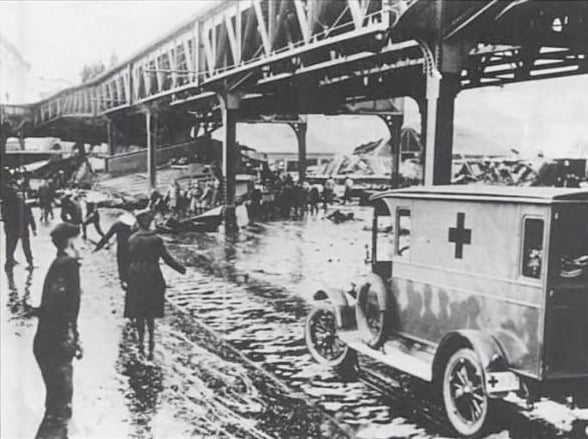
Around 12:40 p.m. on January 15, 1919, a storage tank holding 2.3 million gallons of molasses exploded at the Purity Distilling Co. in the North End of Boston, sending waves of molasses rushing through the streets at almost 35 mph.
The tank itself was awaiting transfer to another plant and, due to its quickly rising temperature, it set off a tragic and never-before-seen chain of events.
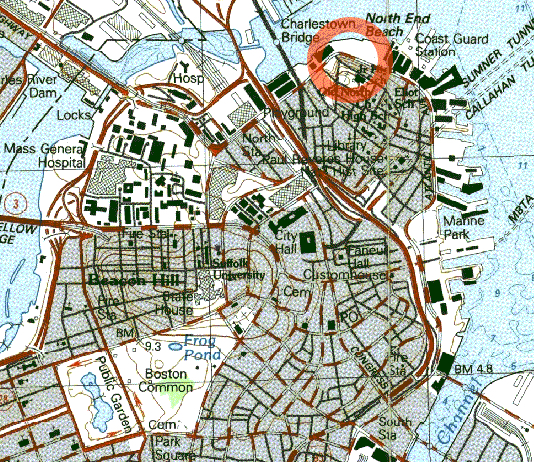
Its destructive effects were absolutely shocking. At its peak, this extraordinary wave of molasses measured up to 25 feet high and aimed to destroy everything in its path.
Similar to the roaring of an oncoming tornado or train, witnesses reported that they felt the ground shaking and rumbling beneath their feet. Passersby were completely terrified — and confounded.
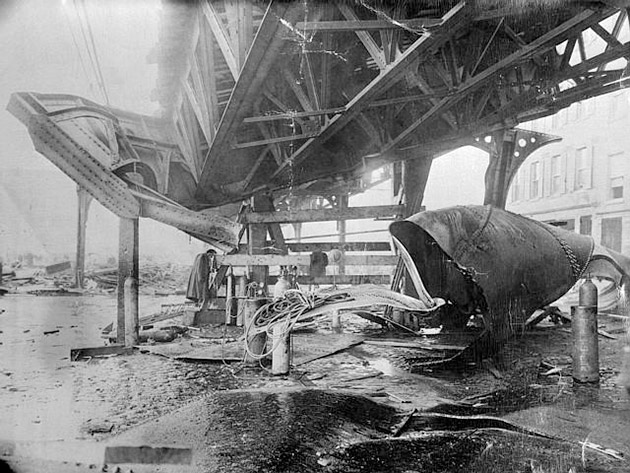
According to The Boston Globe, citizens "were picked up by a rush of air and hurled many feet." A truck itself was picked up by the gushing wave and thrown into Boston Harbor. The force of the wave was so destructive, it almost tipped a railroad car off of Boston's elevated railway tracks.
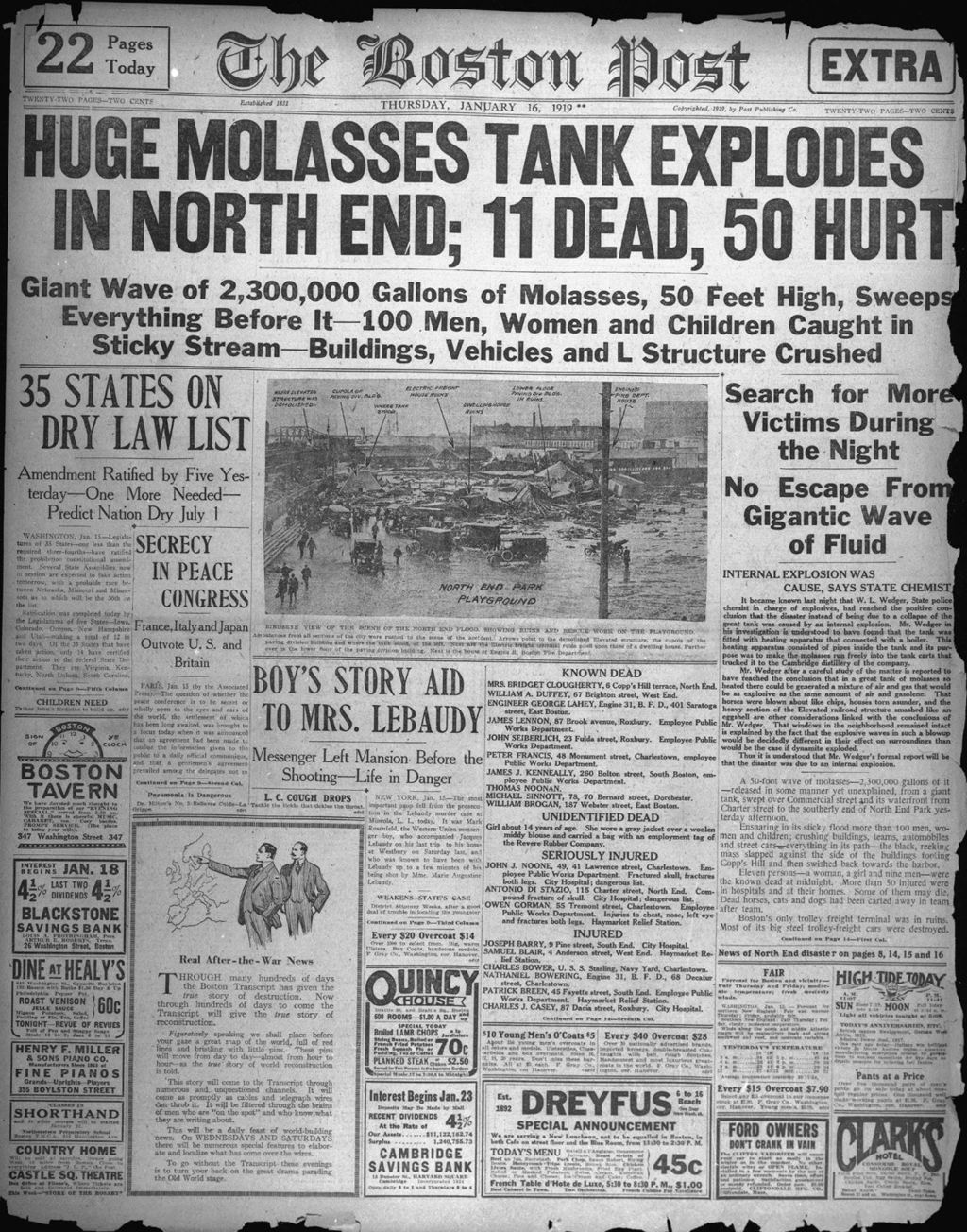
The Boston Post described the gruesome scene:
"Molasses, waist deep, covered the street and swirled and bubbled about the wreckage. Here and there struggled a form — whether it was animal or human being was impossible to tell. Horses died like so many flies on sticky fly-paper. The more they struggled, the deeper in the mess they were ensnared. Human beings — men and women — suffered likewise."
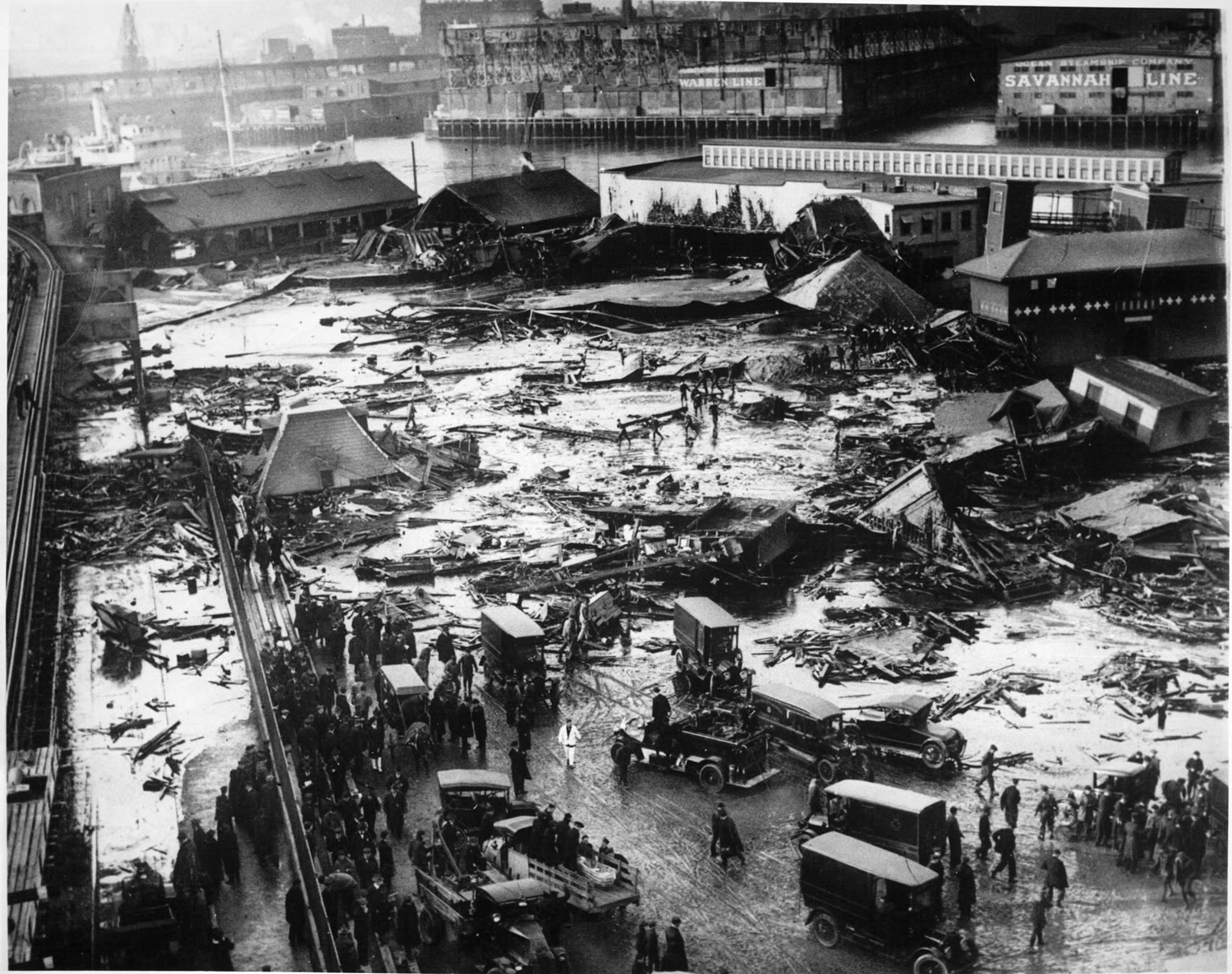
With many blocks flooded up to three feet in depth, the human toll was staggering.
By the final count, 21 people perished in the sticky flood, with almost 150 injured. Humans and animals alike were either crushed by the initial wave or drowned by the molasses mess.
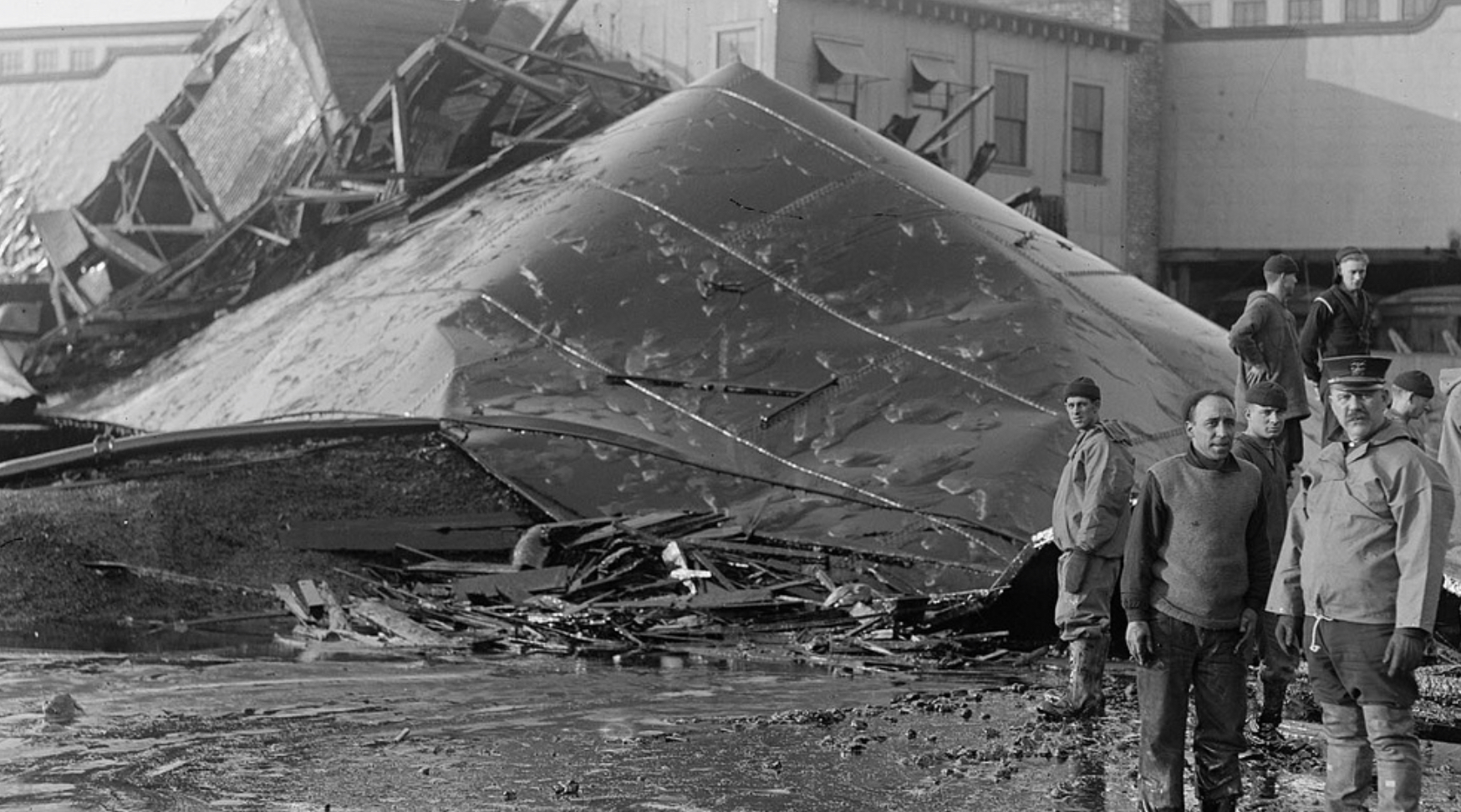
An article from The Smithsonian notes one such victim:
"Anthony di Stasio, was picked up by the wave and carried, tumbling on its crest, almost as though he were surfing. Then he grounded and the molasses rolled him like a pebble as the wave diminished. He heard his mother call his name but couldn't answer, his throat was so clogged from the smothering goo."
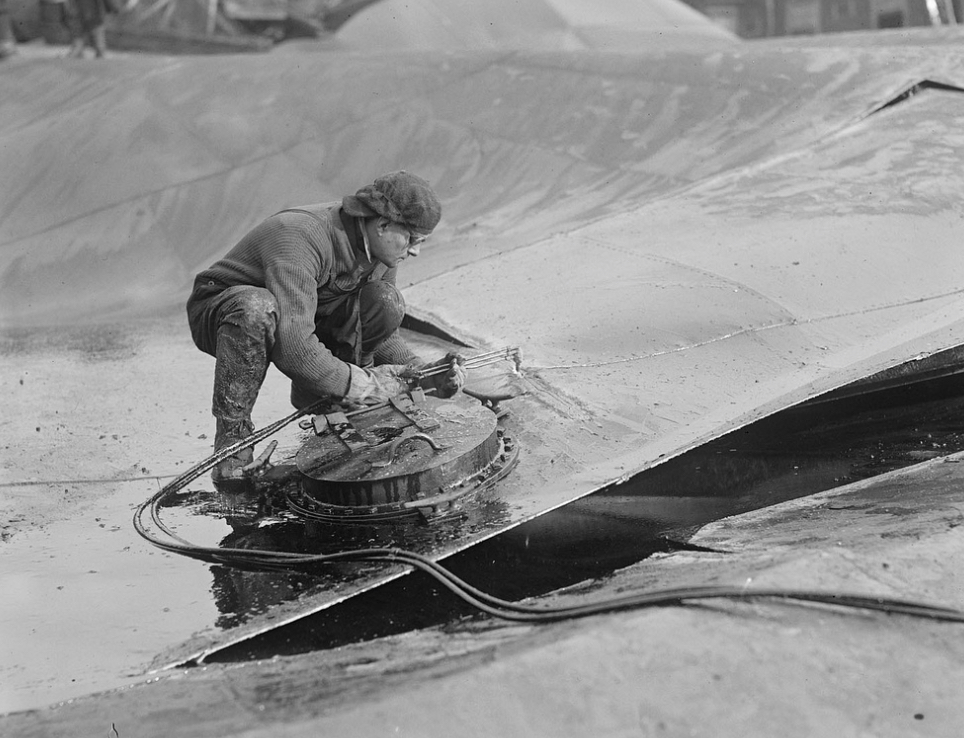
The massive cleanup effort was unlike anything the country had ever seen.
Welders had to cut through the molasses tank with torches to search for bodies. The street cleaning required water pressure so powerful that the city ordered its fireboats to spray away the mess. The harbor itself was brown with residual molasses until that summer.
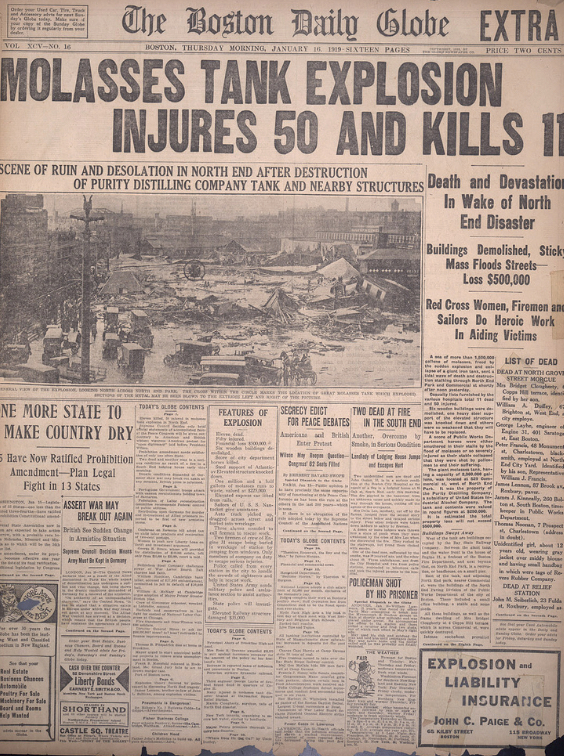
The Boston Police, Red Cross, and Army marched into Boston, hoping the large task force would be able to wade through the fatal mess.
The injured were in such great numbers, a makeshift hospital was built just to accommodate the flow. Search parties roamed the city for days, diving through molasses for potential survivors.
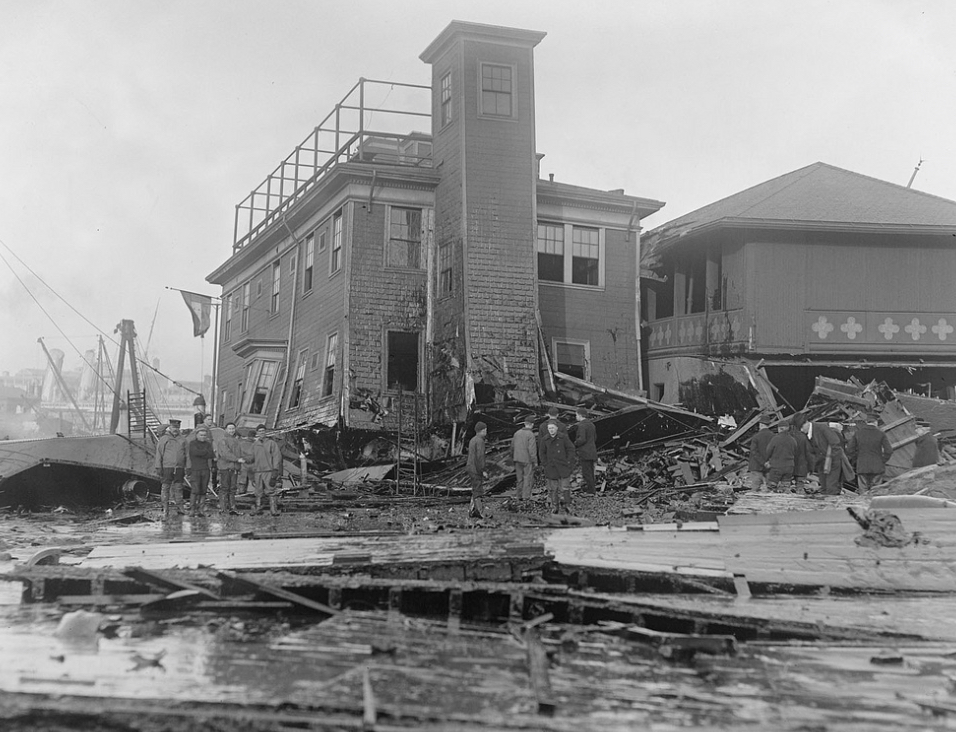
The public outcry and subsequent backlash was swift.
Residents brought a class-action suit against the United States Industrial Alcohol Company, which had recently bought the Purity Distilling Company.
And after three years of hearings, the USIAC was ultimately found guilty and forced to pay $600,000 (almost $10 million today) in settlements for negligence.
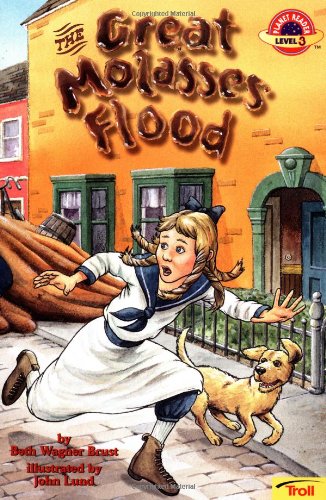
The Great Molasses Flood was also immortalized in an adorable children's book of the same name by Beth Wagner Brus.
A young girl, Maggie, tries to warn the city of the disaster, hoping she can save Boston from "getting stuck."
Though a little-known part of American history, the Great Flood of 1919 was a terrifying and important part of Boston's history. The bizarre and tragic events almost seem too strange to be true.
Had you ever heard of the Great Molasses Flood? Let us know in the comments.
Please SHARE this fascinating piece of American history with friends and family!




